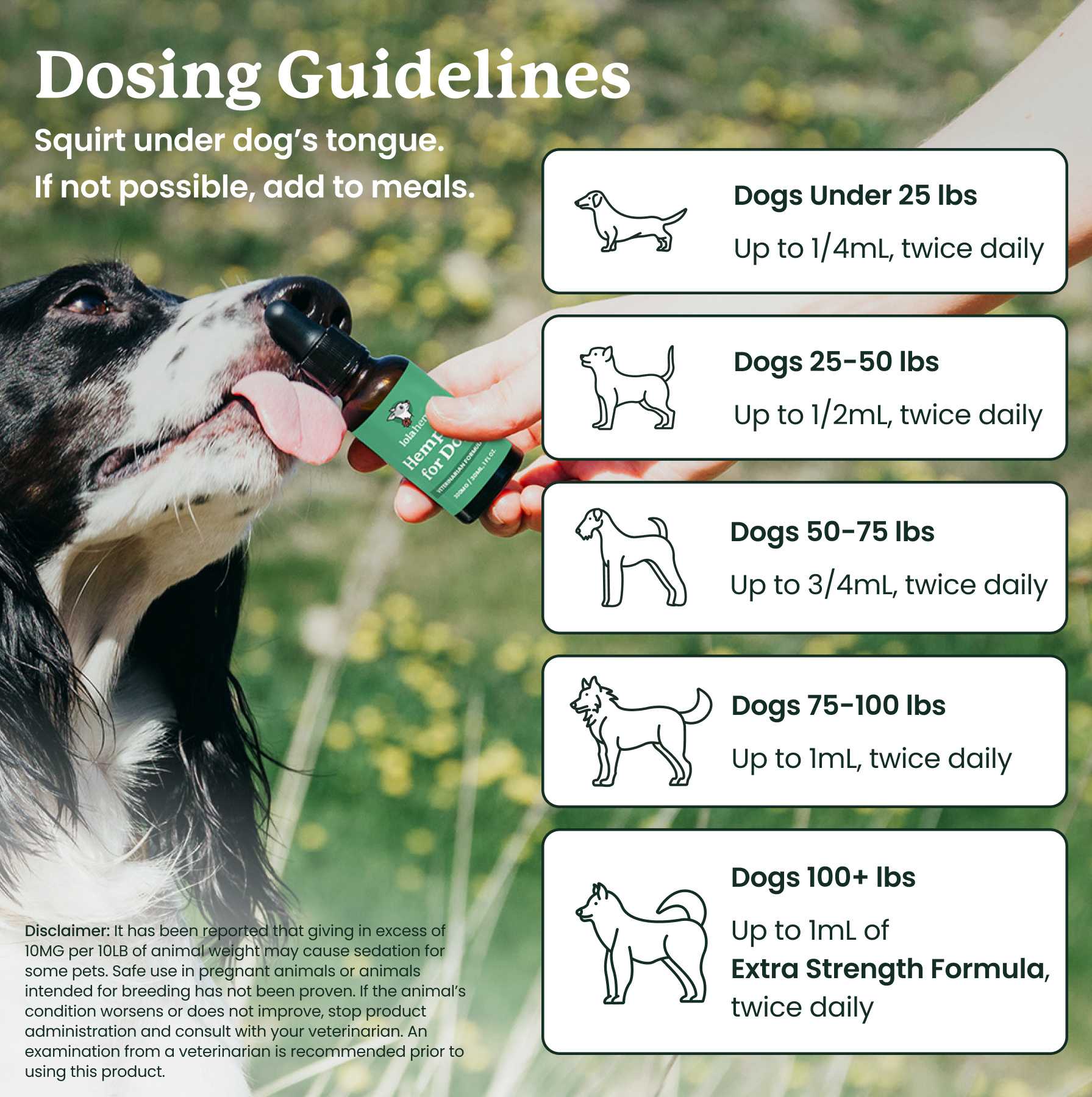Prednisone is a steroid medication used to treat conditions like arthritis, asthma, inflammatory bowel diseases, and allergic reactions in dogs. It works by decreasing inflammation, replacing cortisol, or slowing an overactive immune system.
However, prednisone has potential side effects and has been linked to diabetes. Since it influences glucose metabolism, it can potentially lead to elevated blood sugar levels over time. Therefore, it increases risks of diabetes, especially when used over a longer period and prompts some dog owners to find safer alternatives.
As a pet parent, understanding this connection is important to making decisions about your furry friend’s health. This article discusses how to lower the risk of diabetes and alternatives to prednisone.
How to Lower the Risk of Dog Diabetes While on Prednisone?
As labelled on the drug, you must follow a vet’s prescribed dosage strictly. The vet will recommend a specific dosage for dogs based on their weight and medical condition.
If your dog requires prednisone, here are ways in which you can lower the risk of diabetes while using it:
- Short-term use
- Balanced diet
- Regular exercise
- Proper dosage
- Frequent monitoring
Adopting these measures can reduce the risk of prednisone-related diabetes. Additionally, these measures ensure that your dog benefits from the medication’s intended effects. Let’s look at each of these factors in more depth:
Short-Term Use
Limit the use of prednisone to the shortest effective duration. Consult your vet to identify this period while ensuring its effectiveness. Prolonged use of the medication increases the risk of diabetes.
Balanced Diet
Feed your dog a high-fiber, low-glycemic diet. This diet regulates blood sugar levels. Also, avoid high-carb foods or sugary treats.
Regular Exercise
Keep your canine companion active to maintain a healthy weight while improving insulin sensitivity. Regular exercise also counters the blood sugar-raising effects of prednisone.
Proper Dosage
Administering higher doses can exacerbate blood sugar spikes, which can lead to long-term complications. Therefore, always stick to the prescribed dose.
Frequent Monitoring
Schedule regular veterinarian check-ups to monitor glucose levels. Vet visits may help detect early signs of diabetes. Early intervention can make a significant difference.
What Are the Signs of Diabetes?
To ensure early intervention, it is essential to recognize the signs of diabetes. If you notice these symptoms, consult your vet immediately for a diagnosis. Here are the most common signs to look out for include:
Increased Thirst and Urination
Excess glucose in the bloodstream draws water. Consequently, your dog may experience increased thirst and frequent urination.
Weight Loss Despite Appetite
The inability to process glucose for energy creation leads to weight loss. Your dog may lose weight even if they eat well.
Lethargy
Increased blood sugar levels can cause fatigue and lack of energy.
Cloudy Eyes
Diabetes causes cataracts, which lead to vision changes.
Frequent Infections
Skin or urinary infections are common in diabetic dogs.
What are the Alternatives to Prednisone?
For dogs at risk of diabetes, there are alternative treatments to prednisone. Here are some of these treatments:
Holistic Remedies
You can use natural remedies like CBD oil, chamomile, and omega-3 fatty acids. These herbal remedies support a normal inflammatory response and are safe for your pet. Consult your vet before use to identify a suitable dose for your dog’s condition.
Immunomodulatory Drugs
Medications such as cyclosporine can address autoimmune conditions without affecting your dog’s blood sugar levels.
Non-Steroidal Anti-Inflammatory Drugs (NSAIDS)
NSAIDs are useful in managing pain and inflammation. Additionally, these drugs have fewer side effects.
Physical Therapies
Acupuncture or physical therapy can help manage pain naturally.
Conclusion
While prednisone is effective, it comes with certain risks, such as diabetes in dogs. However, you lower the risks of diabetes by managing its use and watching out for early signs of diabetes. For dogs at risk of diabetes, you can explore alternative treatments like CBD oil. Work closely with your vet to create a treatment plan tailored to your dog’s needs.
Prednisone and Dog Diabetes: Frequently Asked Questions
Can prednisone cause diabetes in dogs?
Yes. Prednisone affects glucose metabolism and can raise blood sugar over time, increasing the risk of diabetes—especially with long-term or high-dose use.
What are early signs of prednisone-related diabetes in dogs?
Early signs include excessive thirst, frequent urination, weight loss despite eating normally, lethargy, cloudy eyes, and recurring infections.
How can I lower my dog’s diabetes risk while using prednisone?
Following the prescribed dosage, using the shortest effective duration, ensuring regular exercise, feeding a low-glycemic diet, and monitoring glucose levels help reduce risk.
What are safer alternatives to prednisone for dogs at risk of diabetes?
Alternatives include CBD oil, omega-3s, chamomile, NSAIDs, cyclosporine, acupuncture, and physical therapy—depending on the condition treated.
Should diabetic dogs avoid prednisone completely?
Not always. Some conditions require prednisone, but strict vet supervision, glucose monitoring, and dose adjustments are essential for diabetic dogs.










